As I indicated in earlier articles, it is very encouraging for me to receive feedback on the published articles and to validate that some of the subjects in these articles benefit the readers.
a) eight questions sent by the readers regarding requirements of the Canadian Electrical Code, Part I (CE Code) for motors and generators, and
b) eight answers to these questions.
The 2024 edition of the CE Code is used for reference in the Code requirements.
Question 1
What is the locked rotor current of a motor?
Answer to question 1: The locked rotor current of a motor (or inrush current) is the excessive current flow within a rotor of the motor during the first few moments after the motor is switched on.
The locked rotor current rating is measured in amperes, and such rating is usually specified on the motor nameplate. When the power supply is provided to the de-energized motor terminals (when the motor is turned on), the current is maximum in the rotor. As the speed of the motor gradually increases, the current in the rotor drops. To calculate the locked rotor amps, it is necessary to divide the kVA by the horsepower, multiply that result by 1000, and then – divide the result by the voltage. NEMA has published standard NEMA Code Letters, which designate the classification of electrical motors by the ratio of locked rotor kVA per horsepower. Generally, smaller motors require a higher starting kVA than larger motors. For reference, below is the table with NEMA Code Letters of inrush kVA vs. horsepower at rated voltage.
The Locked rotor current rating is defined in Section 28 of the CE Code as follows:
“Locked rotor current rating — a current rating marked on electric equipment or, where not marked, deemed to be equal to six times the full load current rating from the nameplate of the equipment or from Table 44 or 45 as applicable.”
Table 44 of the CE Code provides full load current ratings for three-phase motors, and Table 45 of the CE Code offers full load current ratings for single-phase AC motors.
Question 2
What must be the conductor insulation temperature rating of the conductors supplying a motor and how to select ampacity of conductors supplying a motor?
Answer to question 2: The CE Code offers comprehensive provisions for motor supply conductor insulation temperature rating and ampacity in Rule 28-104 and Table 37 as follows:
“28-104 Motor supply conductor insulation temperature rating and ampacity (see Appendix B)
1) Supply conductors to a motor connection box shall have
a) an insulation temperature rating equal to or greater than that required by Table 37, unless the motor is marked otherwise;
b) the insulation temperature rating derived from Item a) increased by the difference between the maximum ambient temperature and 30 °C, where the ambient temperature is higher than 30 °C; and
c) an ampacity based on a 75 °C conductor insulation rating.
2) Notwithstanding Subrule 1) c), where a 90 °C insulated conductor is used as the supply conductor to a Class A motor, the conductor ampacity shall be permitted to be based on a 90 °C conductor insulation rating.
3) Where Table 37 requires insulation temperature ratings in excess of 75 °C, the motor supply insulated conductors shall
a) be not less than 1.2 m long; and
b) terminate in a location not less than
i) 600 mm from any part of the motor, for motors rated less than 100 hp; or
ii) 1.2 m from any part of the motor, for motors rated 100 hp or larger.”
It should be noted that lthe imitation for conductor termination temperature in Rule 4-006 of the CE Code does not apply to conductors terminating on motors because Rule 28-104 3) shown above, allows sizing of conductors for Class A motors based on a 90 °C conductor insulation rating. However, Appendix B Note on Rule 28-104 clarifies that the Code users should be aware that the conductor termination temperature requirements of Rule 4-006 must apply to the conductors’ supplying motors, if these conductors are also terminated at control equipment (i.e. at a circuit breaker or at a fused switch). It means that the appropriate temperature column in the Code ampacity tables must be selected based on the most restrictive conditions for termination of conductors.
Rule 28-106 provides requirements for calculation of conductor ampacities of a motor based on continuous duty service or non-continuous duty service as follows:
“28-106 Insulated conductors — Individual motors
1) The insulated conductors of a branch circuit supplying a motor for use on continuous duty service shall have an ampacity not less than 125% of the full load current rating of the motor.
2) The insulated conductors of a branch circuit supplying a motor for use on non-continuous duty service shall have an ampacity not less than the current value obtained by multiplying the full load current rating of the motor by the applicable percentage given in Table 27 for the duty involved, or for varying duty service where a deviation has been allowed in accordance with Rule 2-030 by a percentage less than that specified in Table 27.
3) Tap conductors supplying individual motors from a single set of branch circuit overcurrent devices supplying two or more motors shall have an ampacity at least equal to that of the branch circuit insulated conductors, except that where the tap conductors do not exceed 7.5 m in length, they shall be permitted to be sized in accordance with Subrule 1) or 2), provided that the ampacity so determined is not less than one-third of the ampacity of the branch circuit insulated conductors.”
It is interesting to note that Table D16 of the CE shows the minimum allowable ampacity of conductors based on full load current ratings of the motors for use on continuous duty service. (and such minimum ampacity must be not less than 125% of the full load current rating of the motor).
Table 27 (left), however, provides the percentage of nameplate current rating of a motor for motors with different classifications of service, as indicated in Subrule 28-106 2):
Question 3
How to select size of feeder conductors supplying motor and heating loads?
Answer to question 3: Rule 28-108 of the CE Code applies to the calculation of conductors’ ampacity supplying two or more motors, and Rule 28-110 deals with the calculation of ampacities of feeder conductors supplying motor loads and other loads (including heating loads), as follows:
“28-108 Insulated conductors — Two or more motors
1) Insulated conductors supplying a group of two or more motors shall have an ampacity not less than
a) 125% of the full load current rating of the motor having the largest full load current rating plus the full load current ratings of all the other motors in the group, where all motors in the group are for use on continuous duty service;
b) the total of the calculated currents determined in accordance with Rule 28-106 2) for each motor, where all motors in the group are for use on non-continuous duty service; or
c) the total of the following, where the group consists of two or more motors for use on both continuous and non-continuous duty service:
i) 125% of the current of the motor having the largest full load current rating for use on continuous duty service;
ii) the full load current ratings of all other motors for use on continuous duty service; and
iii) the calculated current determined in accordance with Rule 28-106 2) for motors for use on non-continuous duty service.
2) Where the circuitry is interlocked in order to prevent all motors of the group from running at the same time, the size of the conductors feeding the group shall be permitted to be determined for the motor, or group of motors operating at the same time, that has the largest rating selected as determined in Subrule 1).
3) Demand factors shall be permitted to be applied where the character of the motor loading justifies reduction of the ampacity of the insulated conductors to less than the ampacity specified in Subrule 1), provided that
a) the insulated conductors have sufficient ampacity for the maximum demand load; and
b) the rating or setting of the overcurrent devices protecting them is in accordance with Rule 28-204 4).
28-110 Feeder conductors
1) Where a feeder supplies both motor loads and other loads, the ampacity of the insulated conductors shall be calculated in accordance with Rules 28-106 and 28-108 plus the requirements of the other loads.
2) The ampacity of a tap from a feeder to a single set of overcurrent devices protecting a motor branch circuit shall be not less than that of the feeder, except that the ampacity of the tap shall be permitted to be calculated in accordance with Rules 28-106 and 28-108 if the tap does not exceed
a) 3 m in length and is enclosed in metal; or
b) 7.5 m in length, has an ampacity not less than one-third that of the feeder, and is suitably protected from mechanical damage.”
Sometimes equipment manufacturers supply a package consisting of motors and other loads, such as heating and cooling equipment (heat pumps, air conditioners, etc., designed, constructed, and certified to the CSA standard C22.2 No. 236 “heating and cooling equipment”), and nameplates of such integrated equipment only display minimum required ampacity of conductors or maximum allowed rating/setting of overcurrent devices protecting these conductors, and nameplates of individual motors or heaters are not available. In this case, information displayed on the nameplate should be used for selection of conductor sizes and for selection of rating/setting of O/C devices protecting these conductors, and in such case, calculation of conductor ampacity and selection of the O/C devices in accordance with Section 28 of the CE Code, would not be warranted (see Rule 28-202 in the answer to question 4 below).
Question 4
What are the CE Code requirements for overcurrent protection for conductors supplying motors?
Answer to question 4: Rules 28-200 – 28-204 of the CE Code offer provisions for the selection of overcurrent protection for branch circuit conductors supplying individual motors and for feeder conductors supplying a group of motors or combination of motors and other loads, as follows:
“28-200 Branch circuit overcurrent protection (see Appendix B)
1) Each ungrounded conductor of a motor branch circuit shall be protected by an overcurrent device in accordance with Subrules 2) to 5).
2) The overcurrent device required by Subrule 1) shall be
a) a non-time-delay fuse;
b) a time-delay fuse;
c) an inverse-time circuit breaker;
d) an instantaneous-trip (magnetic only) circuit interrupter applied in accordance with Rule 28-210; or
e) a self-protected combination motor controller selected in accordance with Rule 28-500.
3) The rating of the overcurrent device required by Subrule 1) shall
a) not exceed the values given in Table 29 using the rated full load current of the motor, except that an overcurrent device having a minimum rating or setting of 15 A shall be permitted even though it exceeds the values specified in Table 29; and
b) for a branch circuit supplying two or more motors, not exceed the maximum value permitted by Rule 28-206.
4) Where an overcurrent device rated in accordance with Subrule 3) a) will not permit the motor to start, the rating or setting of the overcurrent device shall be permitted to be increased as follows:
a) for a non-time-delay fuse, not more than
i) 400% of the motor full load current, for fuses rated up to 600 A; or
ii) 300% of the motor full load current, for fuses rated 601 to 6000 A;
b) for a time-delay fuse, not more than 225% of the motor full load current; and
c) for an inverse time circuit breaker, not more than
i) 400% of the motor full load current, for circuit breakers rated up to 100 A; or
ii) 300% of the motor full load current, for circuit breakers rated greater than 100 A.
5) Where the overcurrent device required by Subrule 1) is a thermal magnetic circuit breaker that has separate instantaneous-trip settings, the instantaneous-trip setting shall not be greater than that specified in Rule 28-210.
“28-202 Overcurrent protection marked on equipment
Where branch circuit protective device characteristics and ratings or settings are specified in the marking of motor control equipment, they shall not be exceeded, notwithstanding any greater rating or setting permitted by Rule 28-200.
“28-204 Feeder overcurrent protection
1) For a feeder supplying motor branch circuits only, the ratings or settings of the feeder overcurrent device shall not exceed the calculated value of the overcurrent device permitted by Rule 28-200 for the motor that is permitted the highest rated overcurrent devices of any motor supplied by the feeder, plus the sum of the full load current ratings of all other motors that will be in operation at the same time.
2) Where a feeder supplies a group of motors, two or more of which are required to start simultaneously, and the feeder overcurrent devices as calculated in accordance with Subrule 1) are not sufficient to allow the motors to start, the rating or setting of the feeder overcurrent devices shall be permitted to be increased as necessary, to a maximum that does not exceed the rating permitted for a single motor having a full load current rating not less than the sum of the full load current ratings of the greatest number of motors that start simultaneously, plus the sum of the full load current ratings of all other motors that will be in operation at the same time, provided that this value does not exceed 300% of the ampacity of the feeder conductors.
3) Where a feeder supplies one or more motor branch circuits together with other loads, the overcurrent protection required shall be determined by calculating the overcurrent protection required for the motor circuits and adding to this value the requirements of the other loads supplied by the feeder.
4) Where a demand factor has been applied as permitted in Rule 28-108 3), the rating or setting of the overcurrent device(s) protecting a feeder shall not exceed the ampacity of the feeder, except as permitted by Rule 14-104 and Table 13.”
It is interesting to note that provisions of these rules drastically deviate from the general requirements of Rule 14-104, which mandates (unless it is allowed elsewhere in the Code) that rating of overcurrent devices must not exceed the ampacity of conductors protected by these O/C devices.
Rules 28-200 – 28-204 above also provide clarification to the Code users that such deviation from the general requirement of Rule 14-104 is based on a need to ensure that the motor inrush current will not trip the O/C devices protecting conductors supplying the motor.
Table 29 of the CE Code establishes the maximum allowed setting or rating requirements of O/C devices protecting motor branch circuits, and Table D16 provides a correlation between the minimum required ampacity of a circuit conductor for a corresponding full load current of the motor and the maximum allowed O/C device for this corresponding full load current of the motor.
Question 5
Does Table 29 apply to the selection of O/C devices for motors with soft starters?
Answer to question 5: A soft starter is like a primary resistance or primary reactance starter, which is connected in series with the supply to the motor.
Soft starters are tested in the same manner as across-the-line starters. The selection of the protective device is the same as that for the full voltage, resistor, or reactor starters shown in row 2 of Table 29.
Table 29 of the CE Code is like Table 430.52 of the NEC, and it should be noted that the NEC also does not have a separate row, column, or article for soft starters or for Adjustable Speed Drives.
The readers should be aware that the CSA standards for industrial control equipment, such as “C22.2 No. 14-18 – Industrial Control Equipment”; “C22.2 No. 60947-4-2-14; Low-Voltage Switchgear and Control gear- Part 4-2; Contactors and Motor-Starters – AC Semiconductor Motor Controllers and Starters”, are harmonized with UL standard UL 508 – Industrial Control Equipment.
It should be also noted that a proposal was submitted – to clarify Table 29 by introducing the following bold text indicated below into it: “Squirrel-cage and synchronous: Motors with soft starter, or with Full-voltage, resistor and reactor starting,” and by revising Table d16 accordingly.
Question 6
Is there a difference between a single motor rating and motor controller rating?
Answer to question 6: There is a difference between a single motor rating and motor controller rating.
The motor controller may additionally include equipment for the control of algorithm and logic of the motor, speed closed-loop control, position control, torque control and other control methods. The motor controller is responsible for calculating the appropriate motor control signal based on the input signal and feedback signal to achieve the specific motion control requirements.
So, if the feeder supplies a single motor controller for an elevator, provisions of Rule 38-013(b) must apply, and a feeder demand factor will be 1.0 in accordance with Table 62. (see below):
“38-013 Ampacity of feeder and branch circuit conductors (see Appendices B and G)
1) With generator field control, the conductor ampacity shall be based on the nameplate current rating of the driving motor of the motor-generator set that supplies power to the driving machine motor.
2) Conductors shall have an ampacity in accordance with Items a) to d):
a) Conductors supplying a single motor: Conductors supplying a single motor shall have an ampacity not less than the percentage of motor nameplate current required by Rule 28-106 and Table 27.
b) Conductors supplying a single motor controller: Conductors supplying a single motor controller shall have an ampacity not less than the motor controller nameplate current rating, plus all other connected loads.
c) Conductors supplying a single power transformer: Conductors supplying a single power transformer shall have an ampacity not less than the nameplate current rating of the power transformer, plus all other connected loads.
d) Conductors supplying more than one motor, motor controller, or power transformer: Conductors supplying more than one motor, motor controller, or power transformer shall have an ampacity not less than the sum of the nameplate current ratings of the equipment plus all other connected loads. The ampere ratings of motors to be used in the summation shall be determined as required by Rule 28-108 and Table 62.”
Rule 38-013 of the CE Code clarifies that Table 27 is based on the rating of motors (but not on the rating of motor controllers), and it applies only for motors (but not for motor controllers).
Question 7
Why are motor disconnecting means required to be within sight of the motor, and whether the motor disconnecting means are required to interrupt a fault current?
Answer to question 7: A motor is a rotating machinery, and accidental turn-on of the motor when it is being maintained or repaired could create physical hazards to a person involved in the maintenance or repair of the motor.
Therefore, the CE Code mandates that motor branch circuit disconnecting means must be readily accessible to qualified persons performing maintenance or repair of the motor and that such disconnecting means must be in proximity of the motor (within 9 m) and within sight of the motor. (see Subrule 28-604(3) of the CE Code below):
“28-604 3) Except as required in Subrule 5), the motor and motor starter or controller disconnecting means shall be located
a) within sight of and within 9 m of the motor and the machinery driven by it; and
b) within sight of and within 9 m of the motor starter or controller.”
Subrule 28-604(4) allows for a relaxation from the location requirements of Subrule (3) for motor disconnecting means under the following conditions:
“28-604 4) Notwithstanding Subrule 3), where a motor or group of motors is fed from a single branch circuit in which the branch circuit disconnecting means is not capable of being acceptably locked in the open position and where the motor disconnecting means is a manually operable across-the-line type of motor starter, the motor disconnecting means shall be permitted to be located beyond the limits defined in Subrule 3), provided that
a) it is capable of safely making and interrupting the locked rotor current of the connected load;
b) it is capable of being locked in the open position; and
c) it can be demonstrated that the location specified in Subrule 3) is clearly impracticable.”
Motor disconnecting means are intended for manual disconnection and connection of a motor circuit. This disconnecting means must be able to manually interrupt full load current of the motor and the locked rotor current of the motor, but it is not intended to interrupt a fault current. Only overcurrent protective devices described in Rule 14-012 of the CE Code, must have ampere ratings sufficient for the fault current that is available at their terminals.
Question 8
Are disconnecting means requirements for generators like the disconnecting means requirements for motors?
Answer to question 8: Rules 28-902 – 28 – 914 of the CE Code are applicable to the installation of generators, and Rule 28-906 of the CE Code is dedicated to the requirements for generator disconnecting means as follows:
“28-906 Disconnecting means required for generators (see Appendix B)
1) Except as provided for in Subrule 3), a separate disconnecting means shall be provided for each generator and for each circuit supplying all protective devices and control apparatus required for operation of the generator.
2) The disconnecting means specified in Subrule 1) shall disconnect the generator and all protective devices and control apparatus from the circuits connected to the generator.
3) The disconnecting means specified in Subrule 1) need not be provided where the generator is
a) constructed with an integral disconnecting means that disconnects the generator and all protective devices and control apparatus from the circuits connected to the generator; or
b) provided with a disconnecting means in accordance with CSA C282.”
Subrule 3) above clarifies that installation of disconnecting means required by this Rule is not warranted if a generator is designed and constructed with integral/built-in disconnecting means that disconnect the generator from a downstream distribution system.
Subrule 3) also explains to the CE Code users that Rule 28-906 is not applicable for an emergency generator conforming to the CSA standard C282, as specific disconnecting means provisions for an emergency generator are included in the CSA standard C282.
Hopefully, this article clarifies the questions raised by the readers. However, as usual, local AHJs enforcing the CE Code should be consulted regarding questions and concerns related to each installation project.

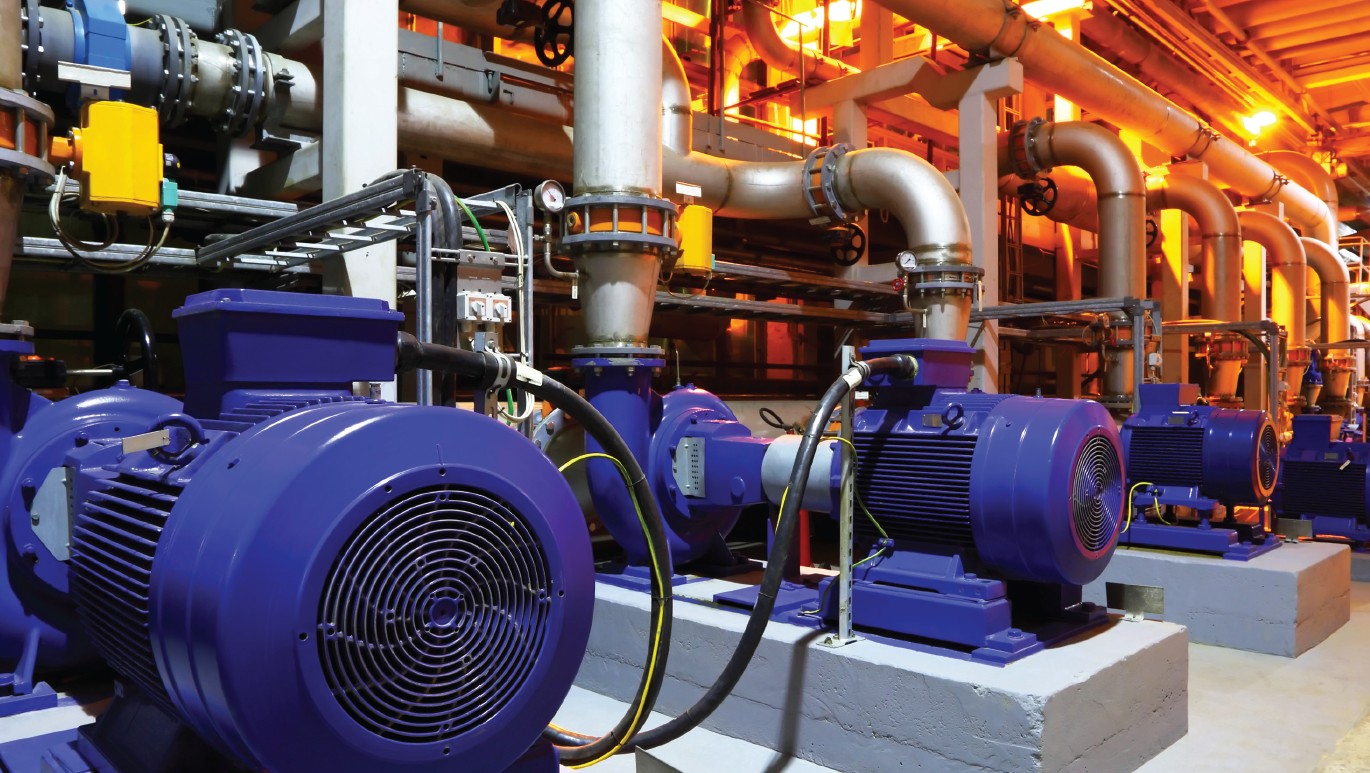
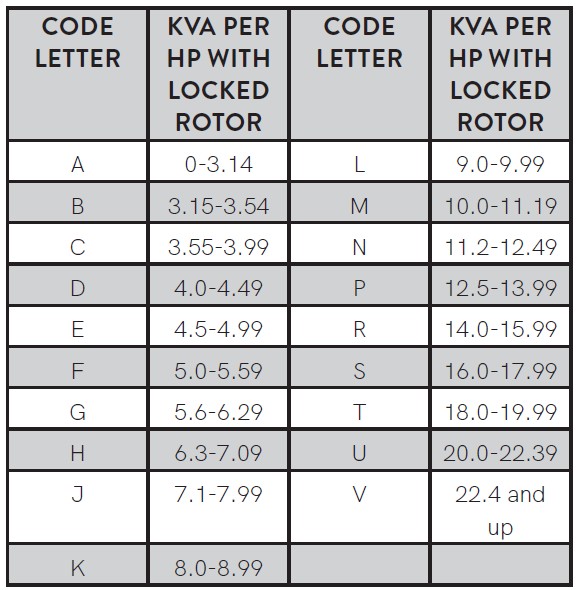

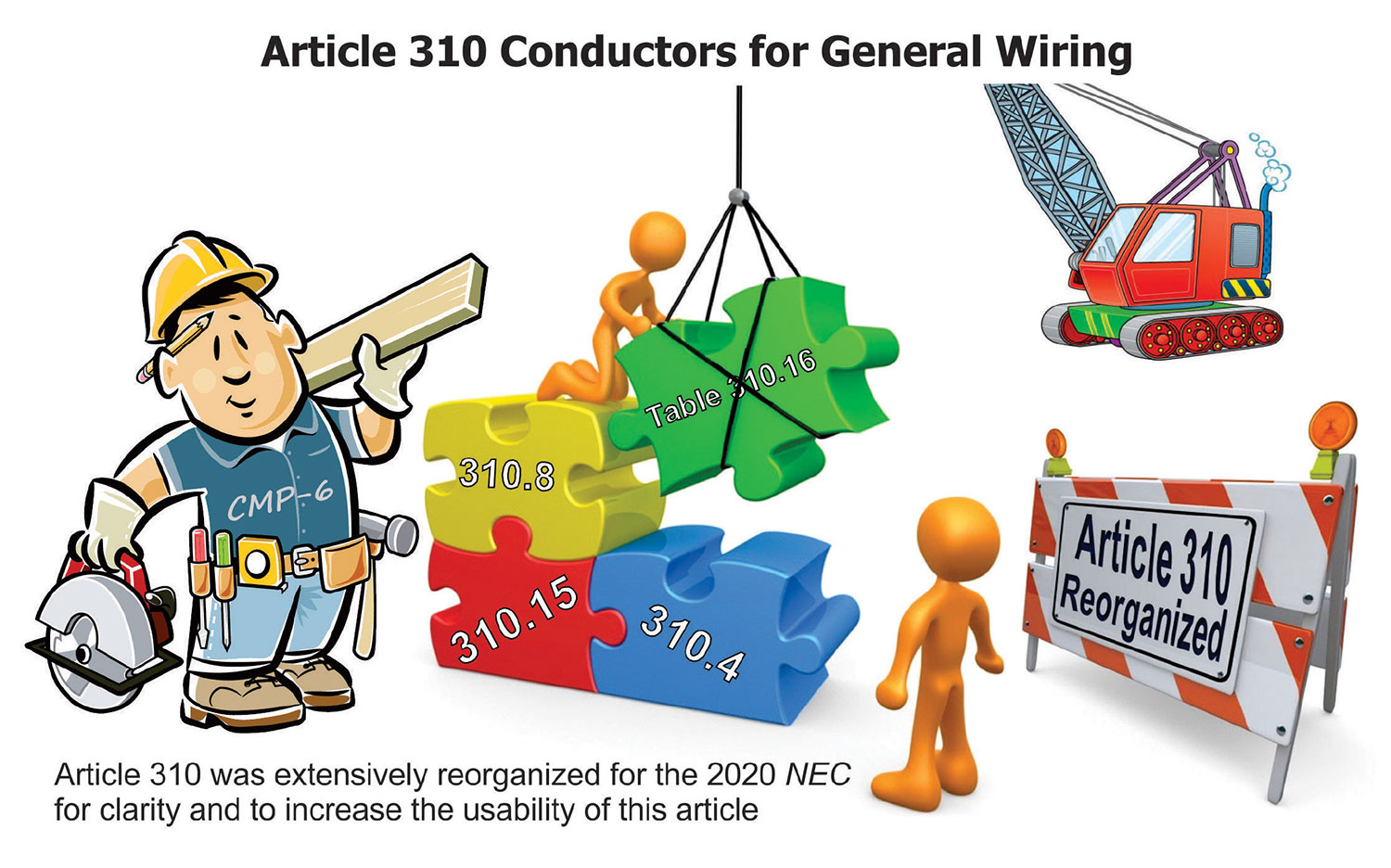
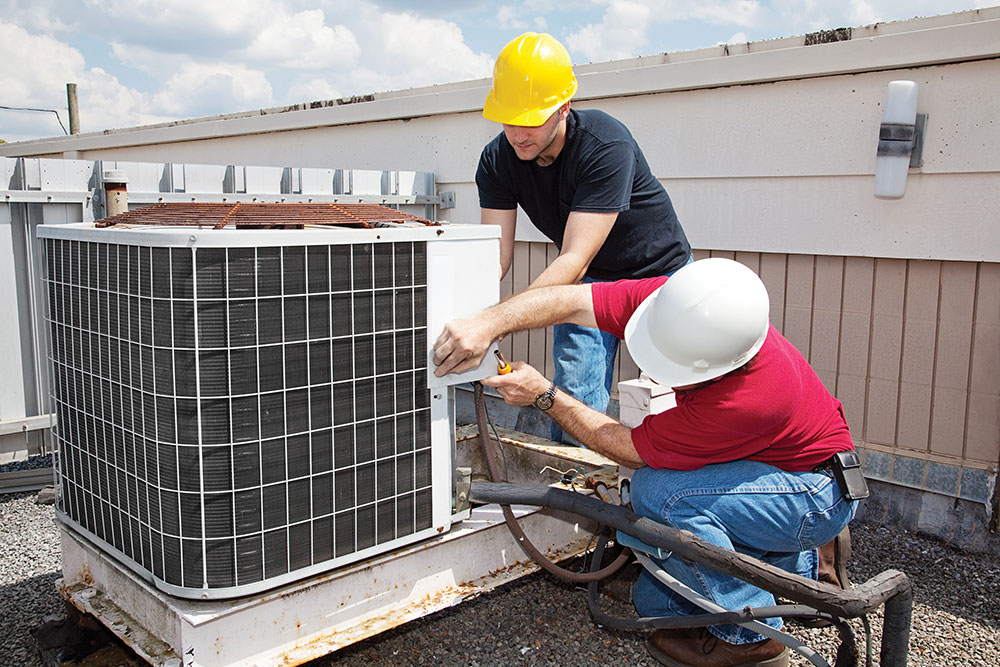

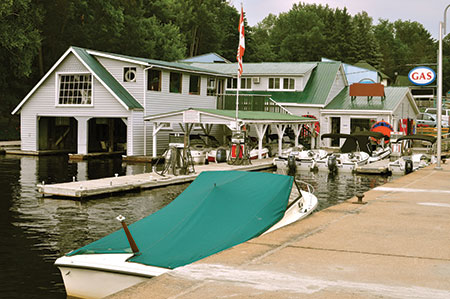





Find Us on Socials